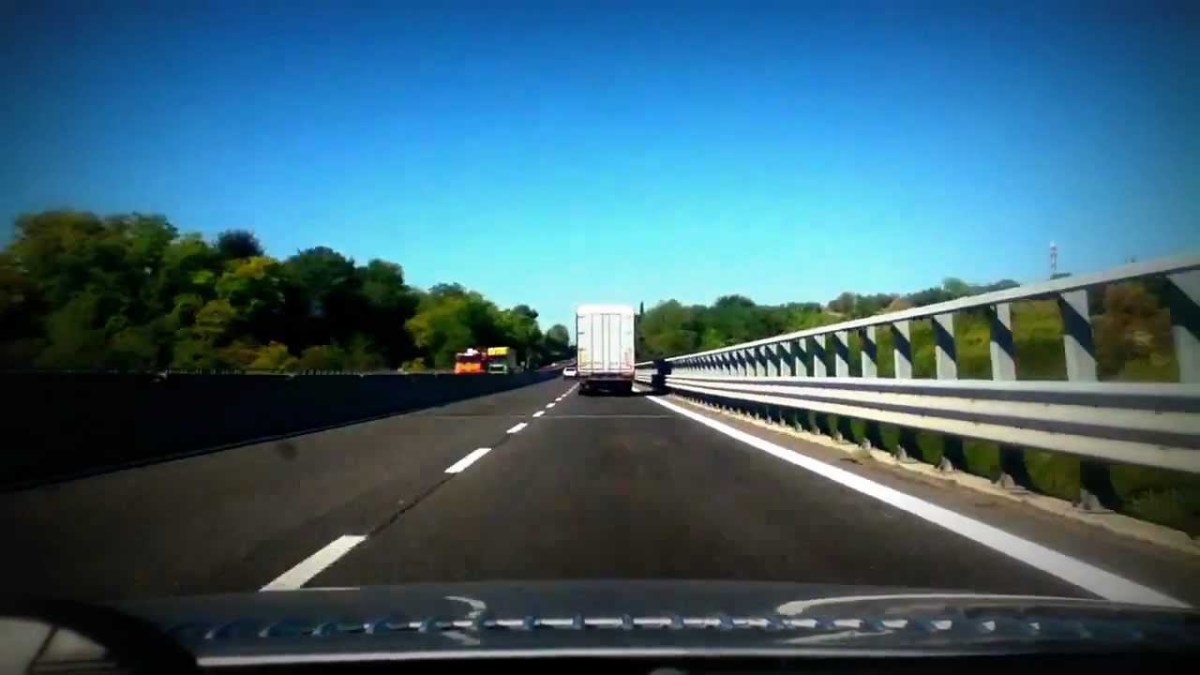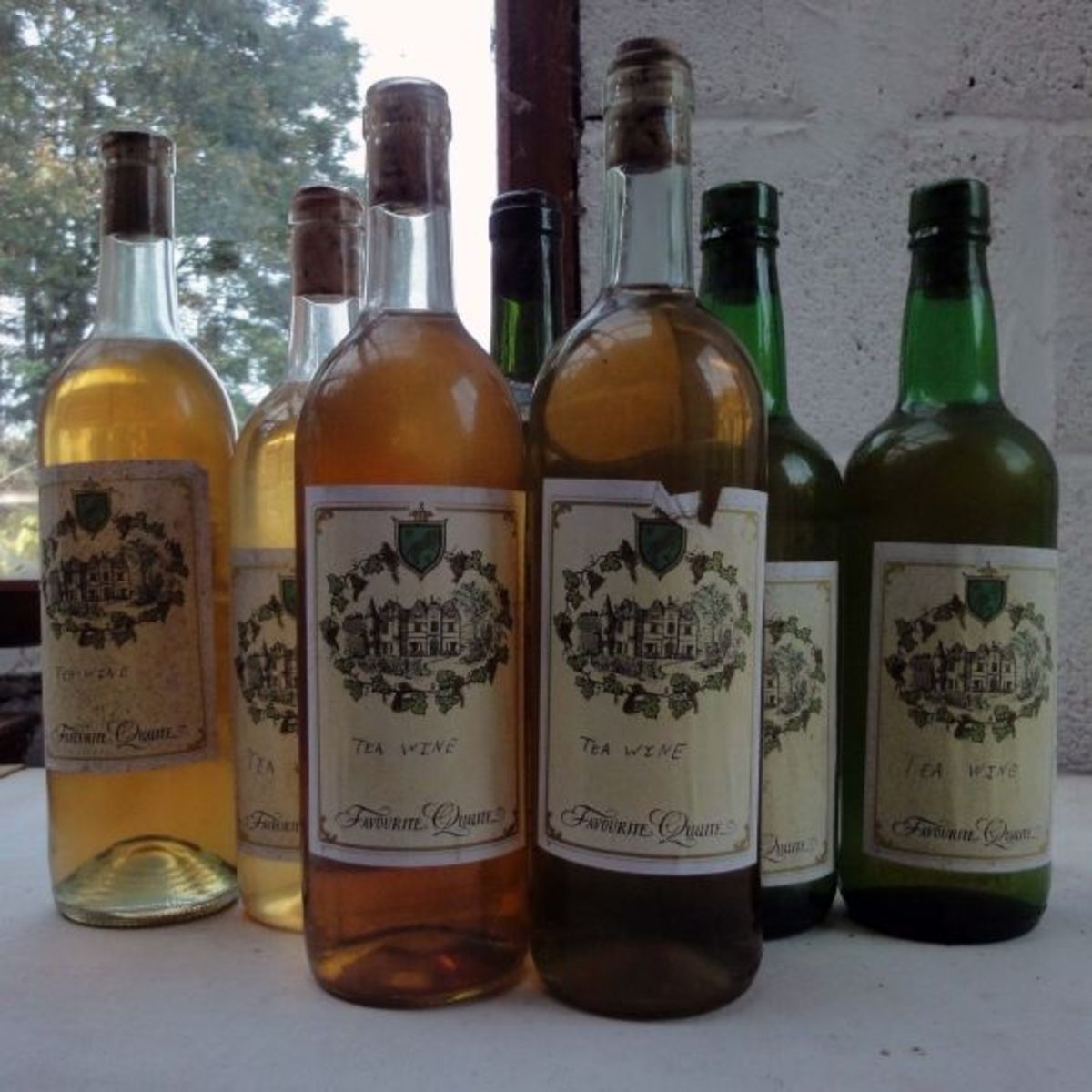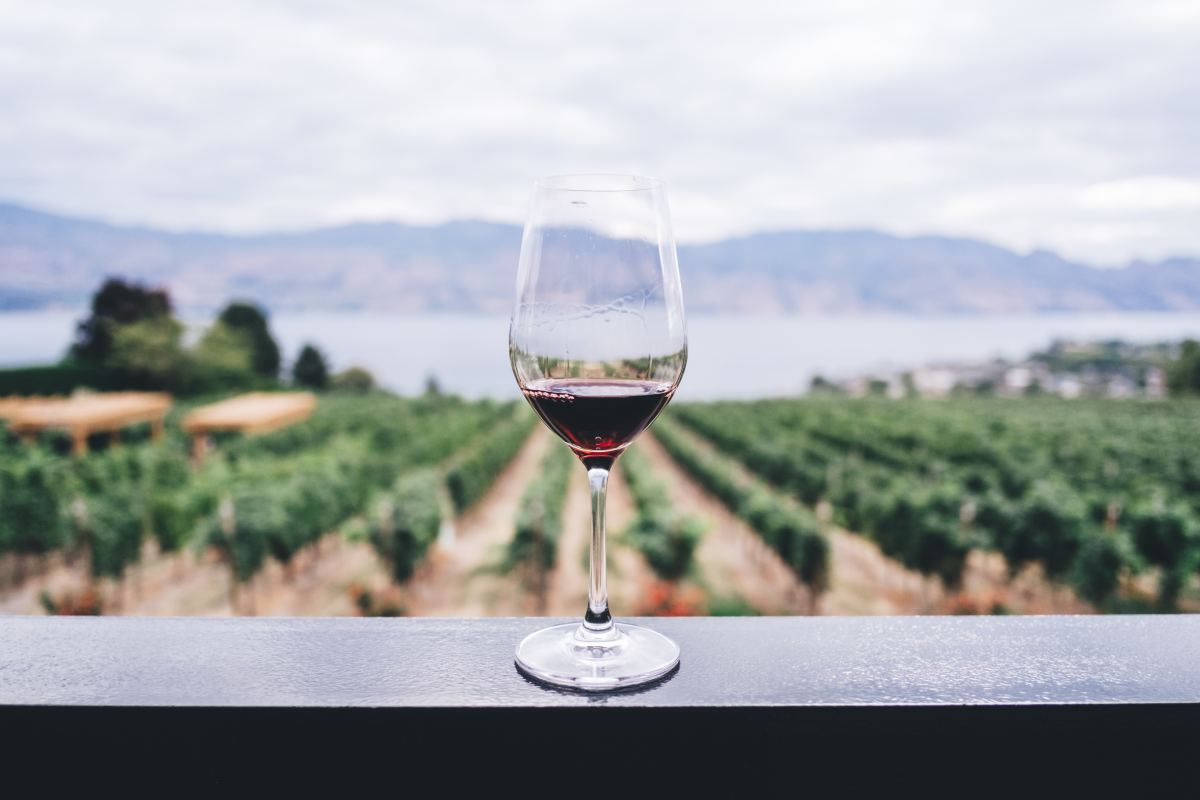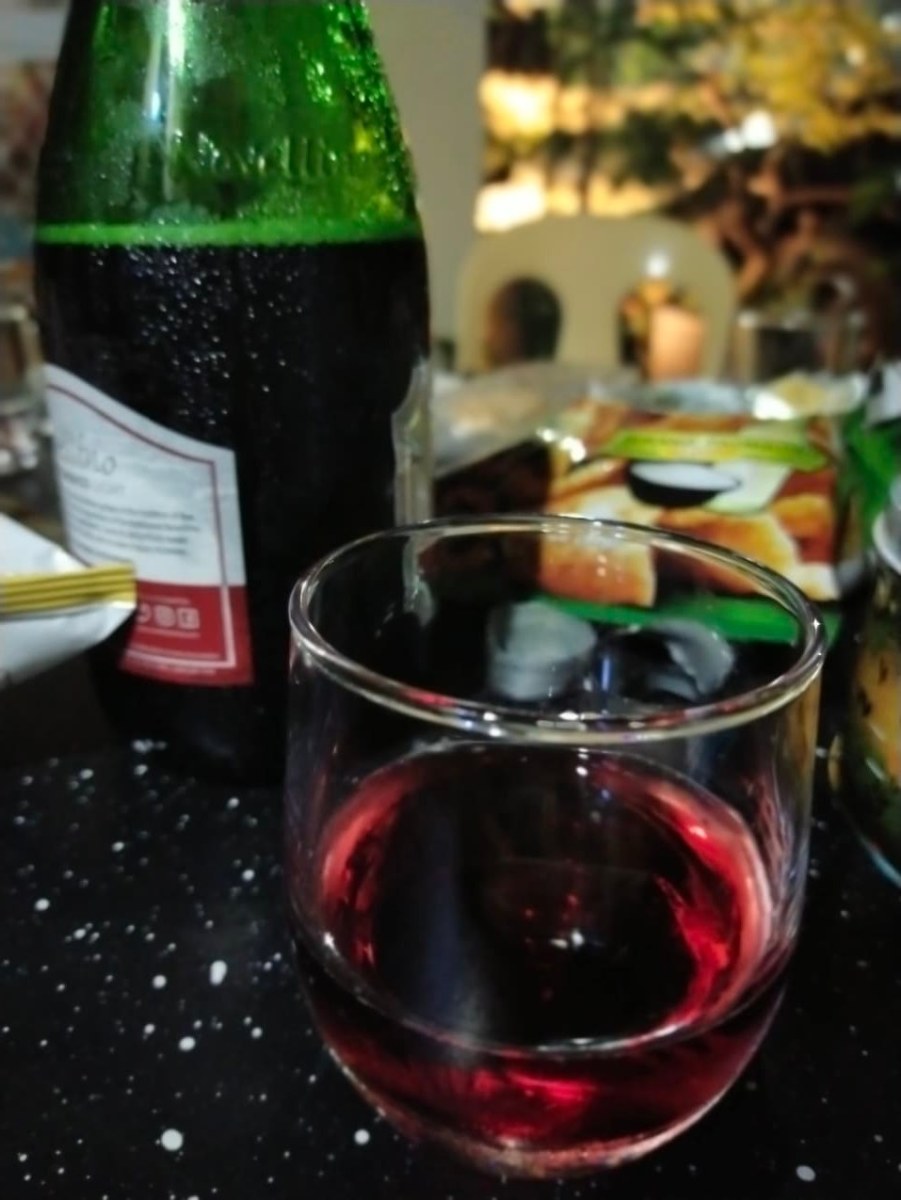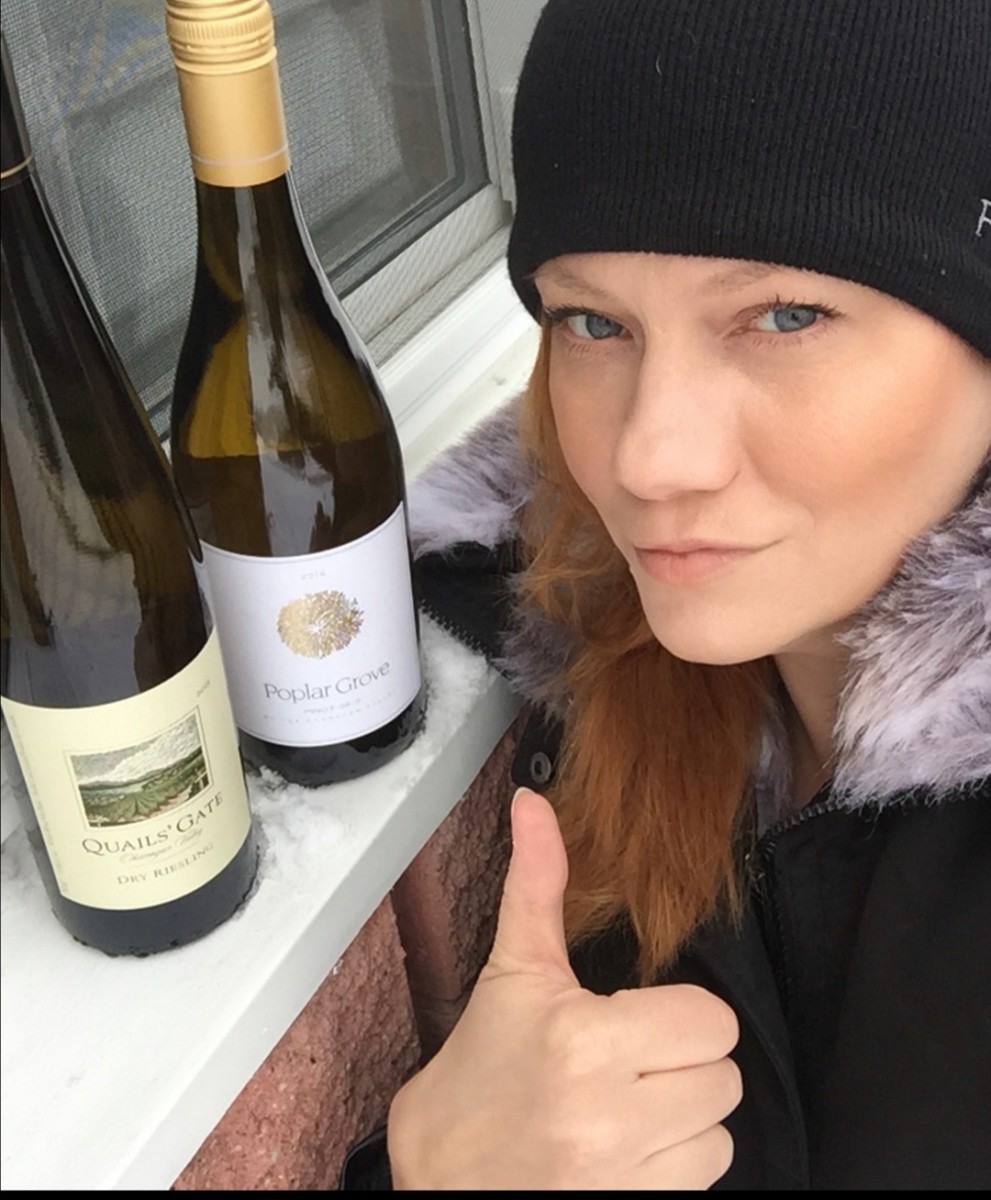French Wine Regions - Beaujolais
THE FRENCH WINE REGION OF BEAUJOLAIS
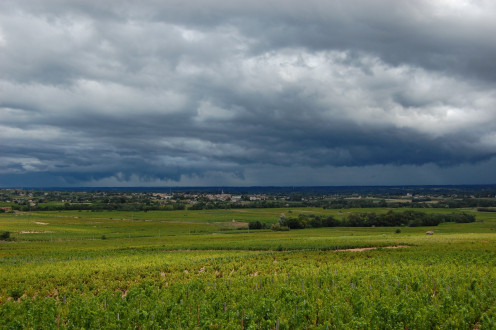
BEAUJOLAIS VINEYARDS AND GRAPES
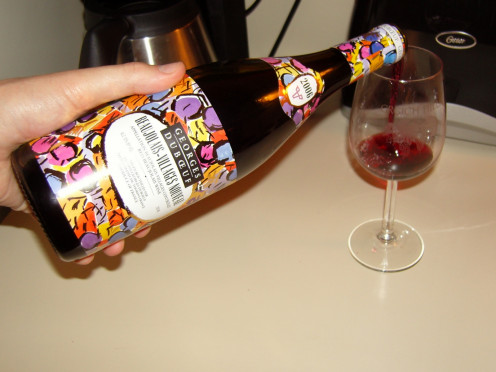
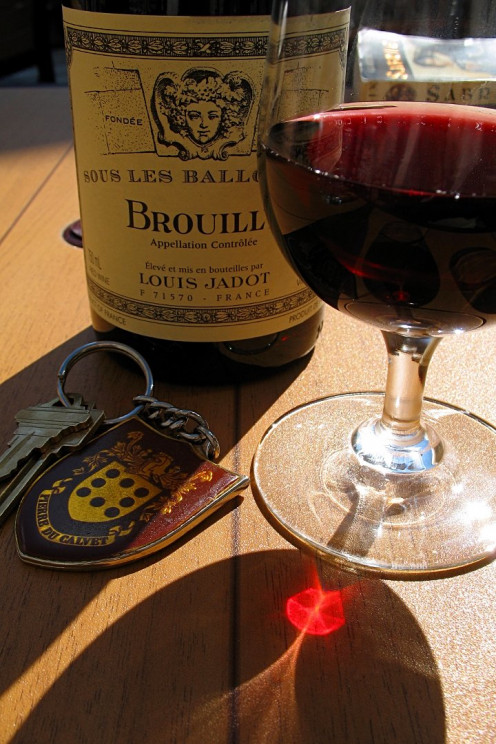
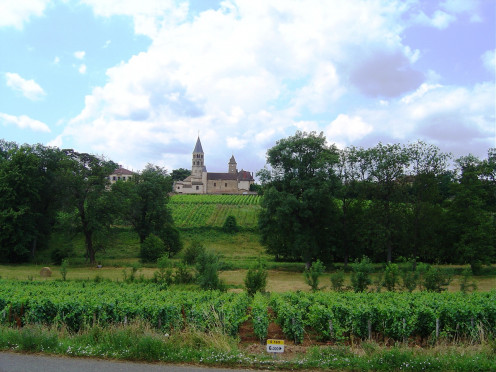
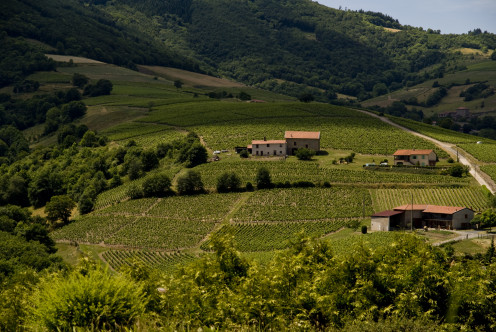
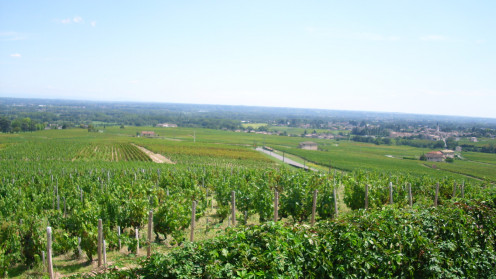
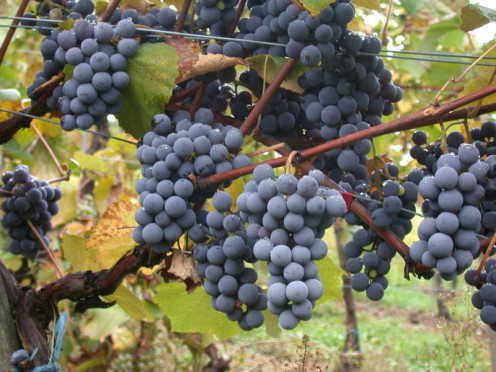
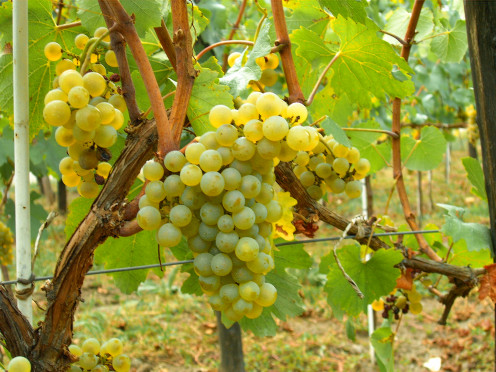
===================
French Wine Regions - Beaujolais
===================
There is a saying in France that three rivers flow through Lyon - the Rhone, the Soane and the Beaujolais.
-----------------------------
When I first began drinking wine in 1964, I concentrated on the wines of Beaujolais. Living in Newburgh, New York at that time, these wines were readily available and inexpensive.
-----------------------------
I had read about the wines of France but I realized that I had to drink them to understand them. Being a novice wine drinker, the light, fruity wines of Beaujolais appealed to me. Later on, I would learn to prefer the drier, more tannic wines of Bordeaux.
-----------------------------
Since there are only three Appellations and ten controlled Crus, I decided to do comparative tastings. I would buy two different bottles at one time and sample them together keeping notes and rating them in a book.
-----------------------------
Drinking mostly alone, it took me a long time to get through the different regions. Later on, I found friends with similar interests and we would hold wine tastings where we could sample a number of different wines at one time.
-----------------------------
If you want to learn more about the wines of Beaujolais, here is a list of ten things that you should know about them:
=================
1. Depending upon the vintage and the source that you consult, Beaujolais produces about 200 million bottles of wine annually. That is about four percent of France’s total wine production.
---------------------------
2. Beaujolais has three controlled Appellations with wine production distributed as follows:
(a) Appellation Beaujolais Controlee – (50%)
(b) Appellation Beaujolais Villages Controlee – (25%)
(c) Appellation Beaujolais Cru Controllee – (25%)
Wines simply labeled as Beaujolais must contain a minimum of 9% alcohol. Those labeled Beaujolais Superier must contain at least 10% alcohol.
------------------------------
3. The Beaujolais Cru Controlee is further divided up into ten Crus which are listed below from north to south
(Julienas, Saint-Amour, Chenas, Moulin-a-vent, Fleurie, Chiroubles, Morgon, Regnie, Cote de Brouilly and Brouilly)
----------------------------
4. Beaujolais Produces about 99% red wine and only 1 % white wine. However, Beaujolais Blanc is made almost exclusively from Chardonnay grapes, is well made and is usually a bargain when compared to other white Burgundies.
-----------------------------
5. Since 1985, the 3rd Thursday in November was made the uniform release date for "Beaujolais Nouveau", a name that was created by a French wine producer named George Duboeuf.
-----------------------------
6. Beaujolais is fermented using the carbonic maceration process (whole berry fermentation) and is pasteurized to prevent secondary fermentation. This produces very fruity wines that do not age particularly well. There are some exceptions and I recall having a case of 1964 Beaujolais from Morgon which was still good after ten years.
-----------------------------
7. French wines are labeled according to the specific locations where the grapes are grown rather than by grape variety.
Appellation d’ Origine Controlee (AOC) If a French wine label simply lists the grape variety, it is an inferior wine
----------------------------
8. The only red wine grape grown in Beaujolais is the Gamay grape (sometimes called the Gamay Noir) except for tiny amounts of Pinot Noir.
-----------------------------
9. Essentially the only white wine grape grown in Beaujolais is the Chardonnay grape.
----------------------------
10. French Beaujolais vintages can be different from neighboring Burgundy because the Gamay grapes ripen somewhat earlier than Pinot Noir grapes. Although there rarely are disasterous vintages in Beaujolais, it is best to consult a vintage chart. 2009 was an excellent vintage but I wouldn't advise buying wine much older than that.
======================================
MAP OF BEAUJOLAIS WITH AOCS

ROADMAP FROM LYON TO MACON THROUGH BEAUJOLAIS
Beaujolais Harvest 2009
BEAUJOLAIS AOCs, PRODUCTION & COMMENTS
=============================================
The following table lists the twelve Beaujolais officially controlled AOCs.
Production varies considerably from year to year, so I have given the approximate percentage of wine produced in each of them. The Beaujolais Cru produces nearly all of the Beaujolais Nouveau but there are exceptions.
Under comments, I give some general information to help you to decide which type of Beaujolais to try first.
================================================
BEAUJOLAIS AOCS, WITH COMMENTS
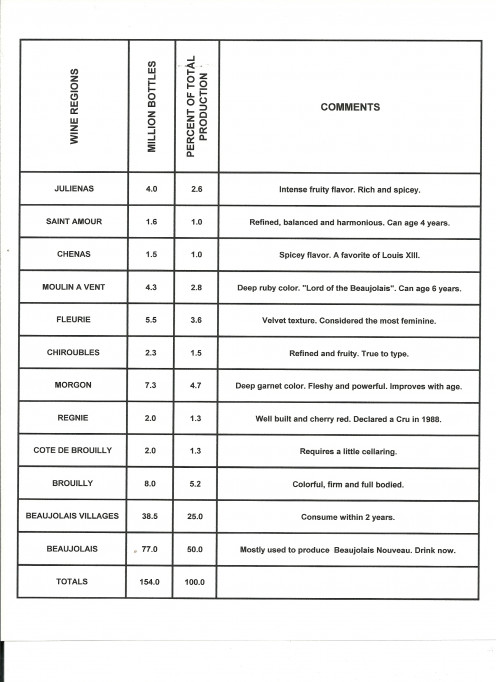
ROBERT PARKER VINTAGE CHART
More Hubs about wine by rjsadowski
- French Wine Regions - Burgundy
The various regions of Burgundy are described as well as the grapes that are grown there. In addition, many of the greatest wines of Burgundy are listed along with my comments on those that I have tasted. Also included are fond recollections of a wee - French Wine Regions - Bordeaux
The greatest wines in the world come from the French Wine region of Bordeaux. Names like Chateau Margaux, Chateau Latour and Chateau Lafitte Rothschild are legendary and command the highest wine prices. The main regions in Bordeaux are the Medoc, Gra - French Wine Regions - The Rhone Valley
The wines of the Rhone valley stretch from Vienne which is close to Lyon all the way down to Avignon which is fairly close to Marseille.There are two distinct regions that make entirely different wines from different grape varieties. The north produc - French Wine Regions - Alsace
Alsace often changed hands between Germany and France for over a hundred years until the treaty of Versilles was signed in 1921. It is no wonder that the Alsacian wines still resemble the white wines of Germany with the grape variety displayed promin - An Introduction to French Wines
France is the largest producer of wines in the world. French wine regions like Bordeaux, Burgundy, Champagne and Beaujolais have become household words. French grape varieties such as cabernet sauvignon, pinot noir, chardonnay, syrah and merlot are p - An Introduction to Australian Wine
Australia is the sixth largest producer of wine in the world producing 4.4 percent of the world's wine. It is also the third largest exporter of wine to the United States accounting for 15.6 percent of the wine imported here. This hub is intended to - An Introduction to California Wines
California is one of the largest producers of wine in the world. If it was a country it would be fourth behind only France, Italy and Spain. Although in recent years, the prices for their top quality wines have skyrocketed, there are still many relat - Wine and Food - How to Hold a Wine Tasting?
One of the best ways to learn about wine is to hold a wine tasting with your friends. This Hub explains the best way to do this. Better yet, form a wine tasting club and meet regularly to learn and have fun. You can also explore different cheeses and




